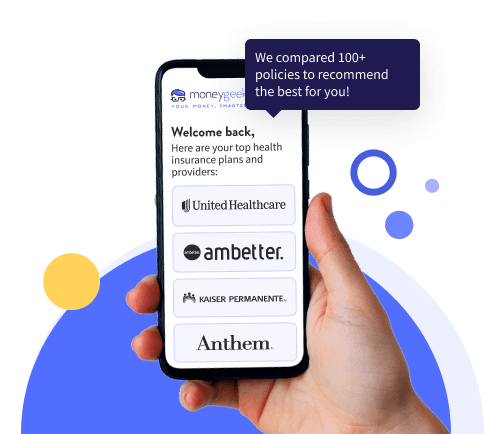Getting health coverage depends on your work situation, age and income. Most Americans get insurance through their employer, but you have other solid options if that's not available. Government programs like Medicare and Medicaid cover millions, while the Health Insurance Marketplace helps you shop for individual plans with financial assistance based on your income. Each path has different enrollment periods and eligibility requirements, so knowing which fits your situation helps you get covered faster.
Below are the ways you can get health insurance:







